
Acceleration Claims
An acceleration of a construction project defines the situation when work is performed at a faster pace than initially planned. In most cases, acceleration is needed to counteract accumulated delays and to meet the agreed completion date. Acceleration can also occur when the contractor has a direct interest in seeing a project completed ahead of schedule – either by receiving a performance bonus or by relocating resources to another project. The contractor can accelerate work on a project by requesting its workers to perform overtime, by adding a new shift, hiring additional labour, subcontracting, or changing the sequence of activities. Whatever method is chosen, it comes with extra costs that can or cannot be later recovered. Accelerating the project schedule is never free. In addition, when the acceleration is sudden, labour productivity decreases substantially because of fatigue (for current workers required to do overtime) or unfamiliarity to the project (new workers).
There are three types of acceleration that are different based on their causes: Voluntary Acceleration, Directed Acceleration, and Constructive Acceleration.
Voluntary Acceleration describes the situation when the contractor unilaterally takes the initiative of speeding up work on-site, without being previously asked by the owner to do so. This can result in costs that go beyond the original bid and which won’t be recovered unless the client is notified and agrees with the acceleration. Reasons for a client to accept a voluntary acceleration mostly relate to the ability to generate revenue faster by selling, letting, or starting production, which can counterweight the increase in construction costs.
Directed Acceleration is the simplest and most straightforward case of speeding up the construction schedule. The client requests the contractor to accelerate work and pays for the acceleration costs. Such a situation won’t lead to disputes if parties agree on the magnitude of additional costs.
Constructive Acceleration is a situation that is not explicitly voluntary nor directed. Constructive Accelerations typically occur when the contractor is able to invoke an excusable delay such as design changes, added scope, extreme weather, site conditions that differ from bidding specifications, or force majeure events. Owner-caused delays also qualify to justify a constructive acceleration, as well as any other factors beyond the contractor’s control that couldn’t be initially assessed as risks.
Each type of acceleration can lead to an acceleration claim. Voluntary Acceleration claims don’t entitle to extra payment unless agreed with the client. Directed Acceleration claims usually have a predictable outcome, as extra payment is granted to the contractor once an agreement is reached. Constructive Acceleration claims are the ones more prone to create a dispute. The client might argue the contractor wasn’t entitled to accelerate, and the contractor might argue that accelerating the project was the only choice. Acceleration claims must meet a set of preconditions to constitute a reasonable dispute and grant compensation to the contractor. First, the excusable delay must be clearly identified. Delays qualify as excusable only if they impact the critical path of the schedule. Second, the contractor must have made the request for time extension according to contract obligations and in a timely manner to accommodate a response. If the owner denied the request, thus implicitly requiring for project completion according to the initial schedule, it forces the contractor towards a constructive acceleration. The final condition states the contractor must attempt an acceleration to counteract the delays caused by the excusable event and prove such action incurred extra costs.
As always, solving acceleration claims in a mutually advantageous way requires for communication between parties to be prompt and explicit. The difficulty of proving delays and associated acceleration orders highlights once more the importance of proper document management.
To give an example, the contractor is mistaken if they speculate a time extension won’t be granted by the client and act according to that presumption. What might have constituted a valid constructive acceleration becomes a voluntary acceleration in the absence of written client consent. Another common issue regarding acceleration claims is when the granted time extension is insufficient. In that case, a contractor has to prove that the anticipated work requires additional time or additional cost compensation.
Lastly, acceleration is a topic that has to be addressed as early as possible in a complex project. It is always simpler and less disruptive to smoothly speed up works as they encounter the first signs of delays, instead of waiting for them to accumulate.
MMA Law

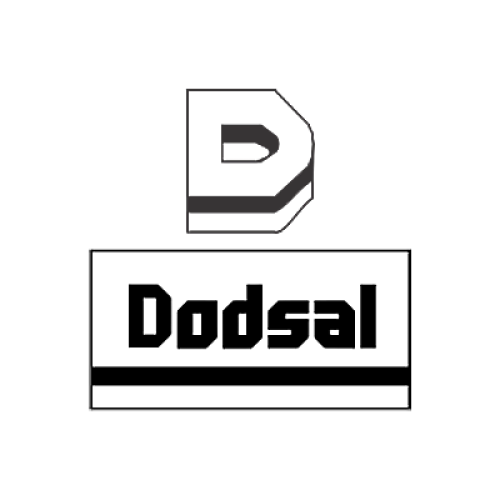





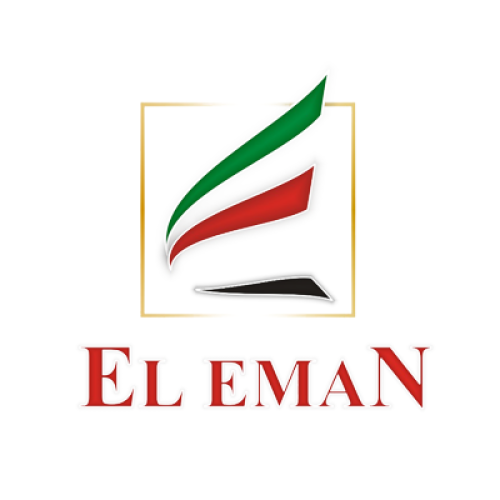
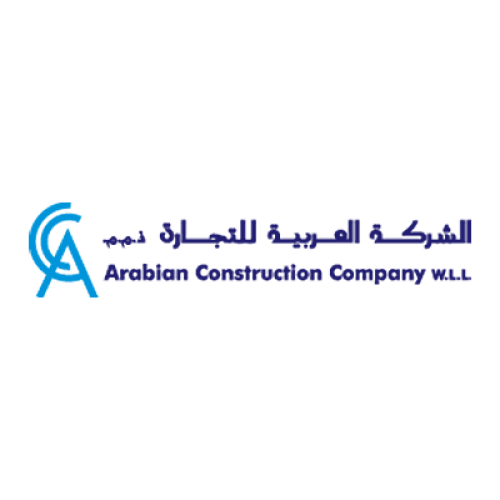
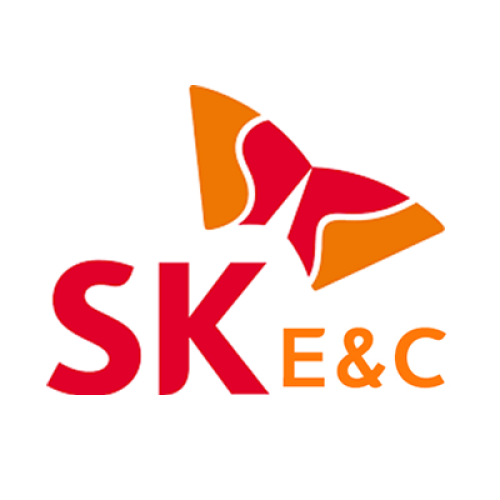
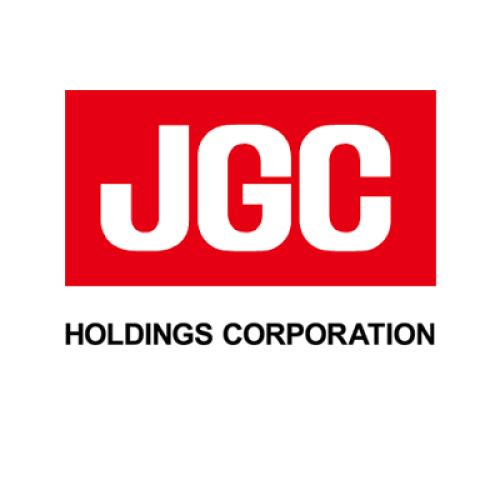

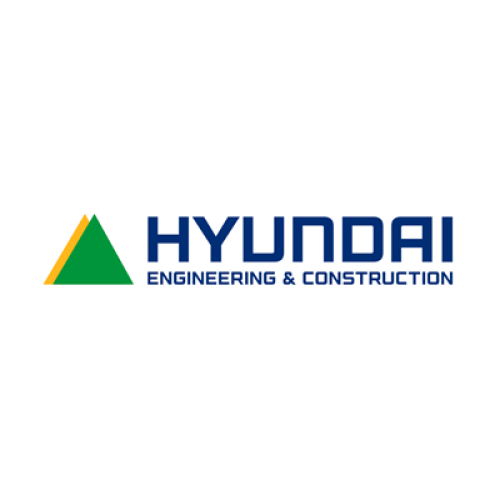
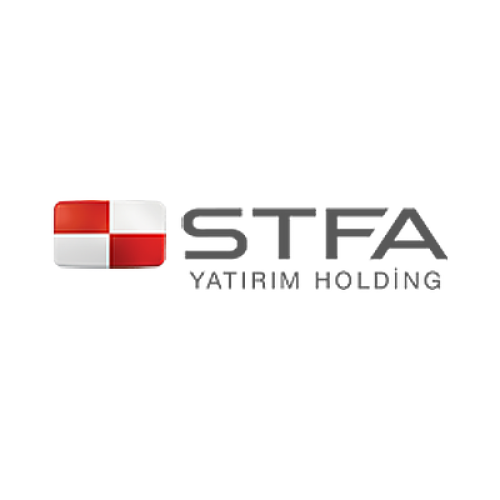

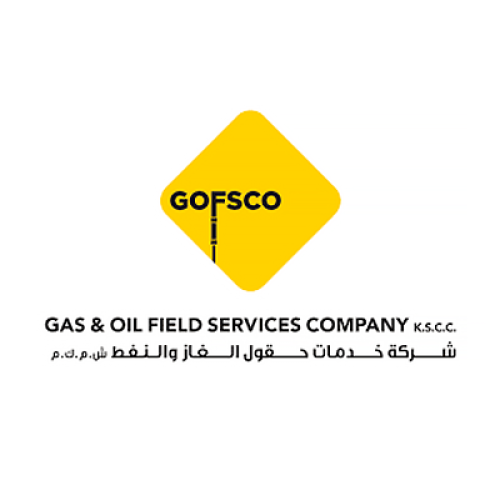
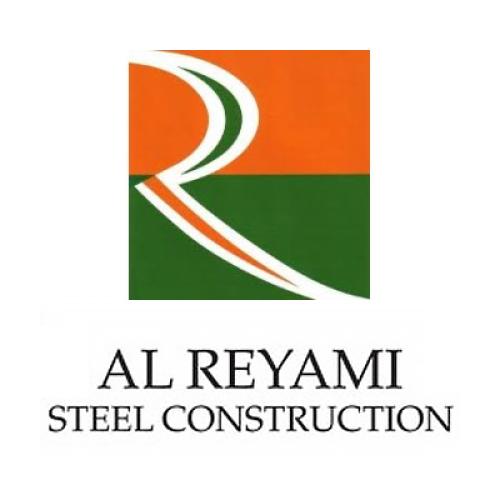
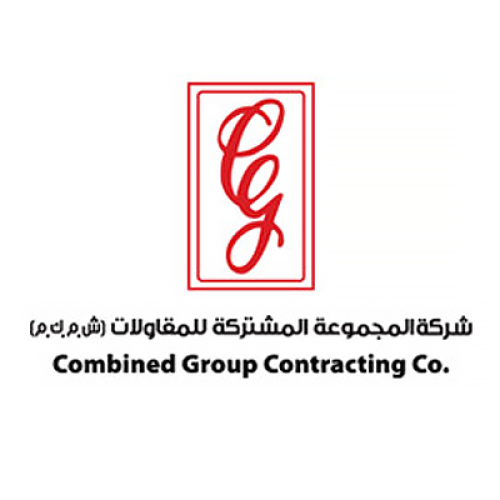


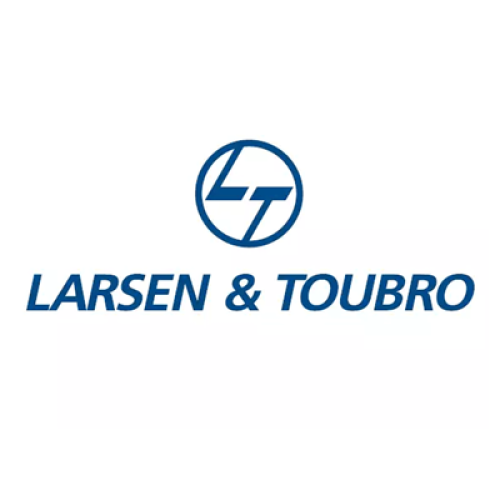


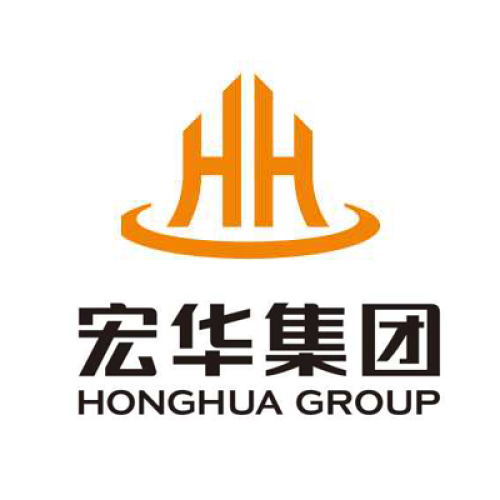




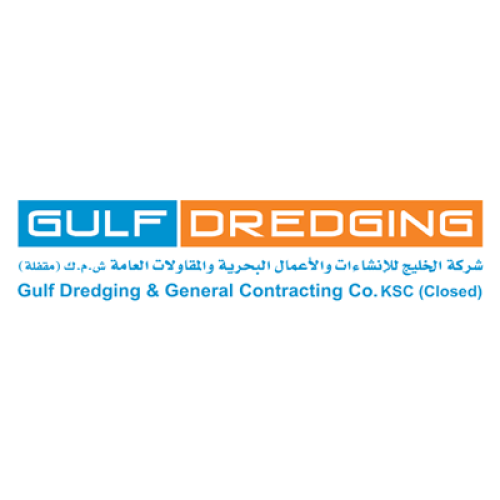



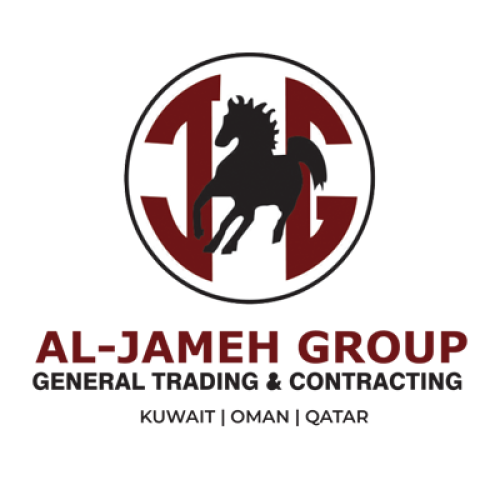
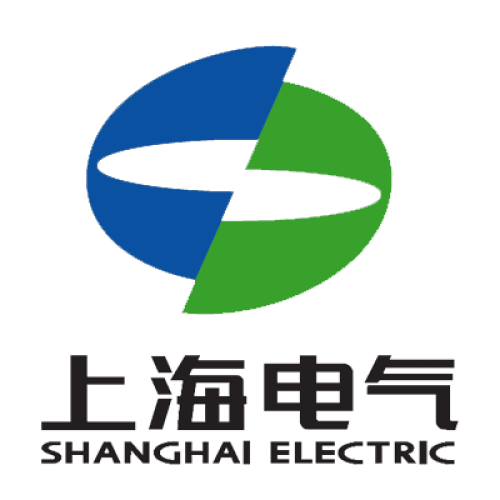
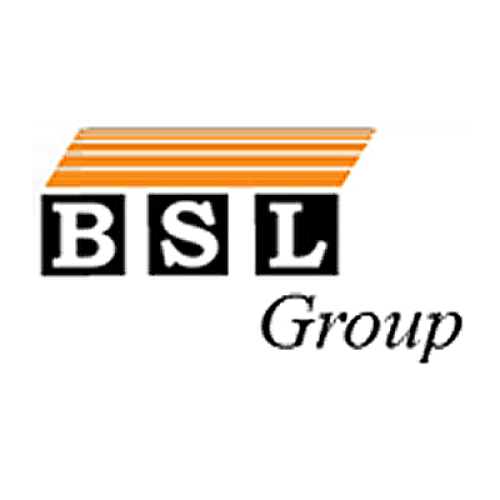





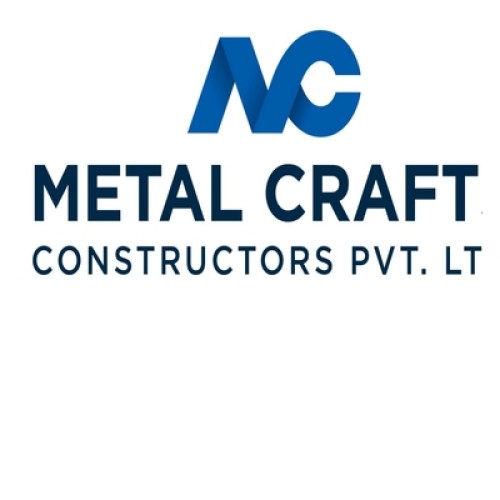

Leave a Comment